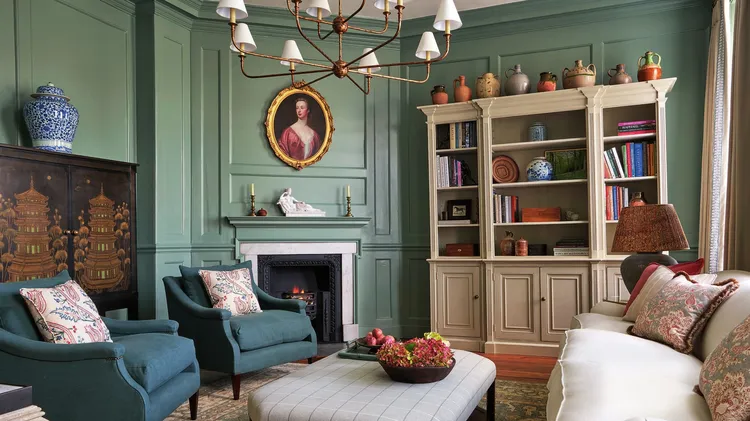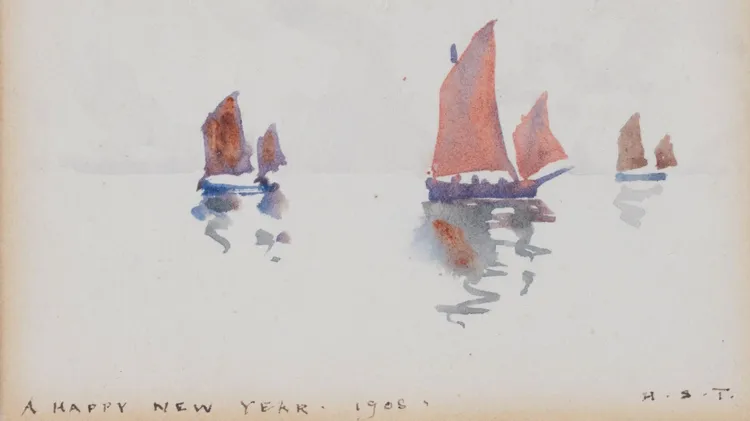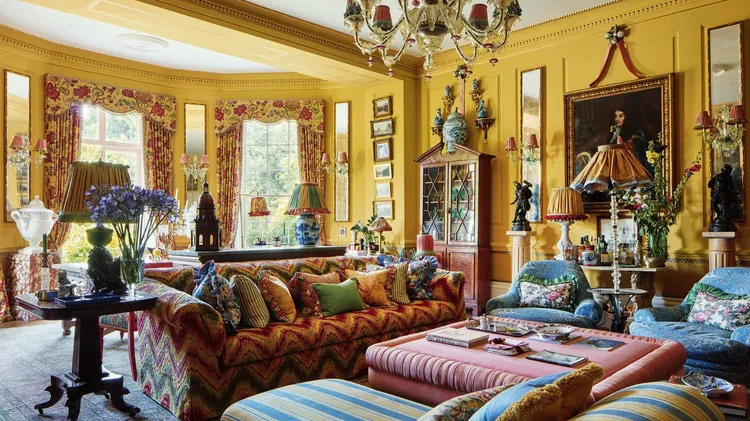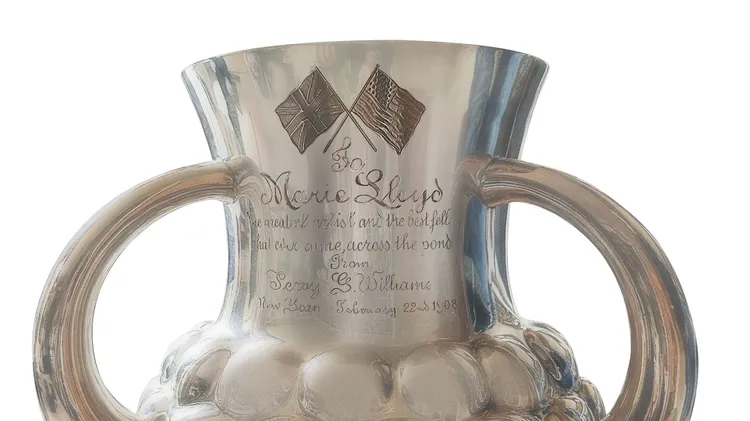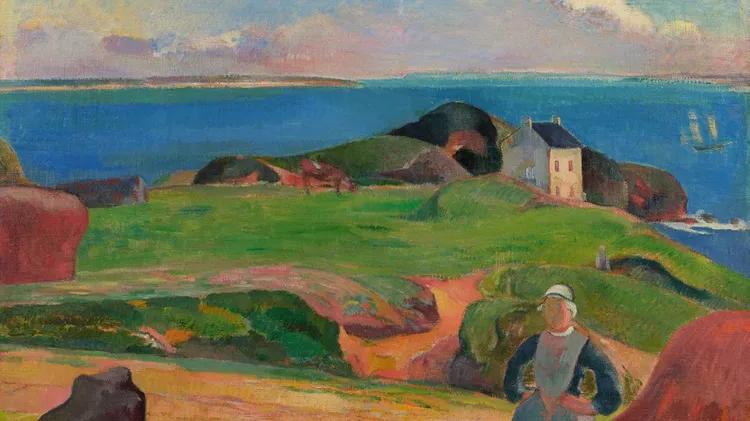John Singer Sargent’s scintillating technique made him the most ce
A brush with high fashion
7 min read
This article is from...
Read this article and 8000+ more magazines and newspapers on Readly

